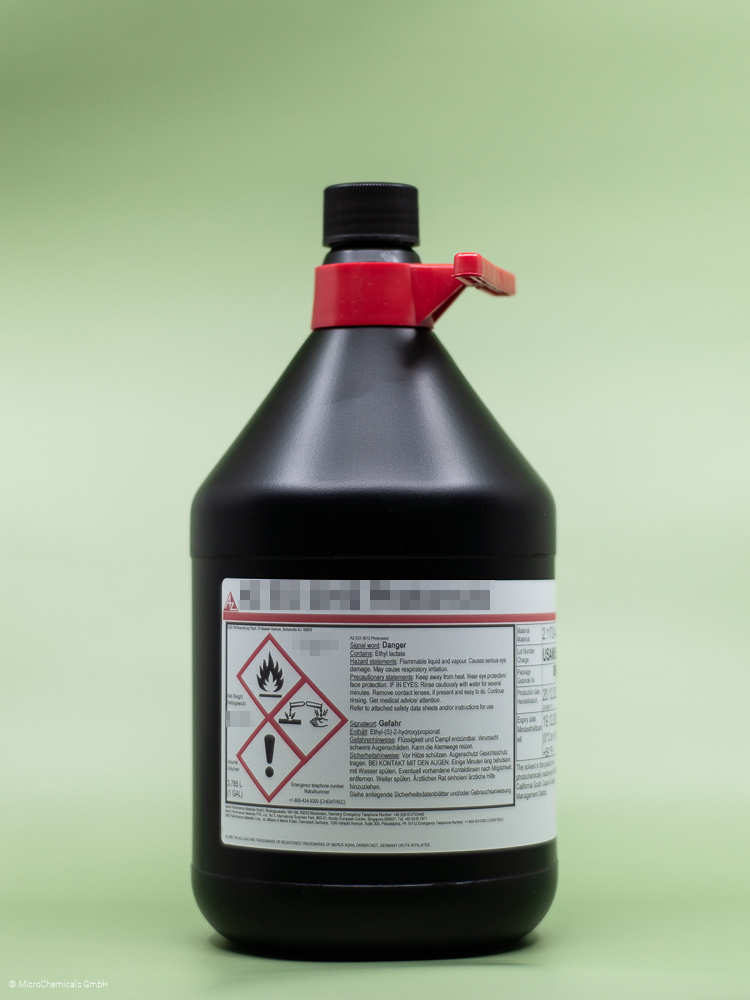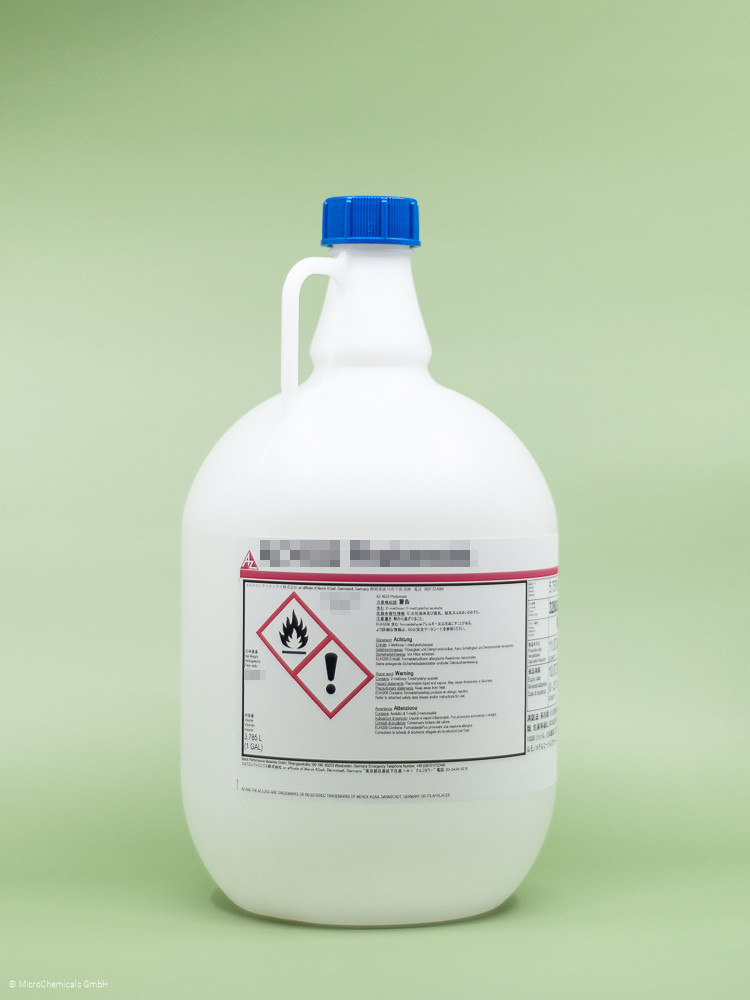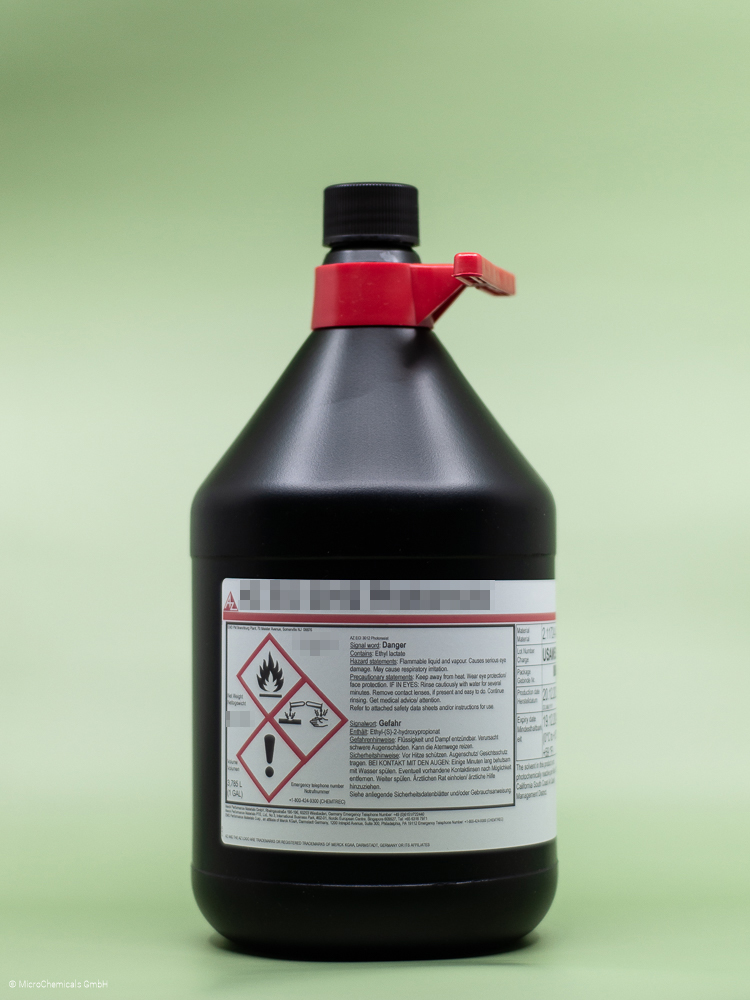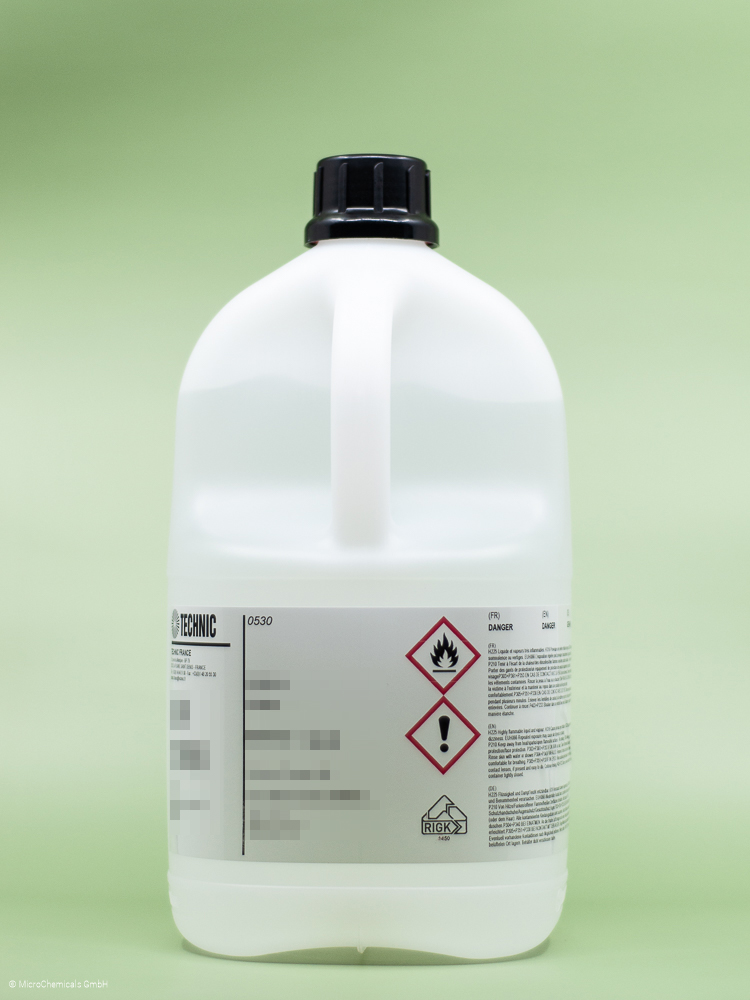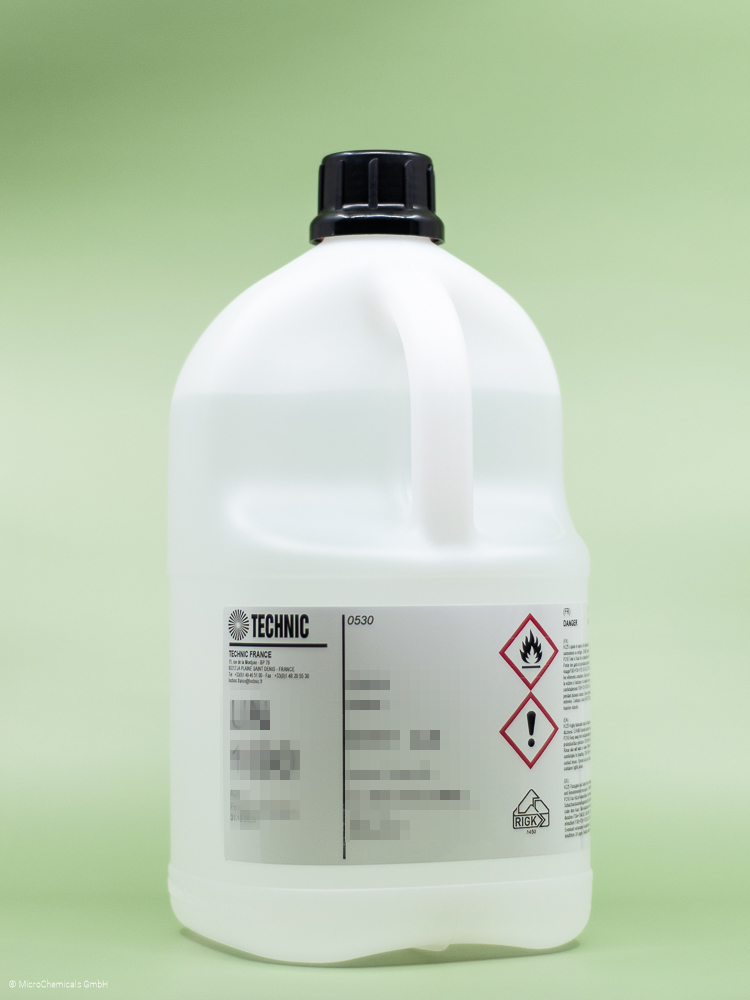AZ 3DT-102M-15 - 3.785 l
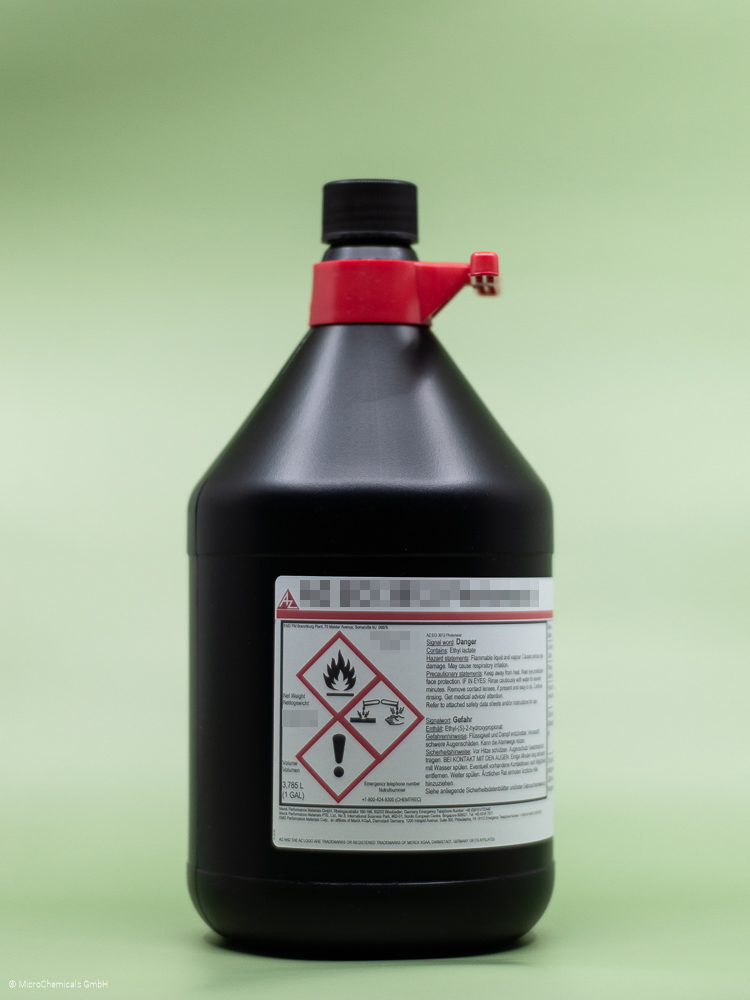











Product information "AZ 3DT-102M-15 - 3.785 l"
AZ® 3DT-102M-15
Chemically Amplified Positive Photoresist
General Information
AZ® 3DT-102M-15 is a chemically amplified positive tone photoresist with a very high aspect ratio. It is intended for the use as a mask for dry etching, ion implantation, RDL and electroplating applications (Cu-compatible). It can be used with i-line steppers as well as with conventional mask aligners. The AZ® 3DT-102M-15 is intended for a thickness range of 8 - 20 µm.
Product Properties
- Steep sidewalls
- Compatible with-copper plating-processes
- For TSV, implantation, RDL, electroplating, dry etching
- Chemically amplified à PEB obligatory
- Compatible with most photoresist stripper (e.g. AZ® 100 Remover, organic solvent based or alkaline)
- i-line sensitive (can be used for broadband exposure as well)
- Resist film thickness range ca. 8 - 20 µm
Developers
The recommended developers are AZ® 326 MIF or AZ® 726 MIF for the photoresist AZ® 3DT-102M-15.
Removers
The recommended strippers for the AZ® 3DT-102M-15 are AZ® 920 Remover, AZ® 100 Remover, TechniStrip P1316, TechniStrip P1331 and TechniStrip MLO07.
Thinning/ Edge Bead Removal
We recommend for thinning the AZ® EBR Solvent.
Further Information
MSDS:
Safety Data Sheet AZ® 3DT-102M-15 Photoresist english
Sicherheitsdatenblatt AZ® 3DT-102M-15 Fotolack german
TDS:
Technical Data Sheet AZ® 3DT-102M-15 Photoresist english
Application Notes:
Further Information about Photoresist Processing
Related products
Developer
Remover






